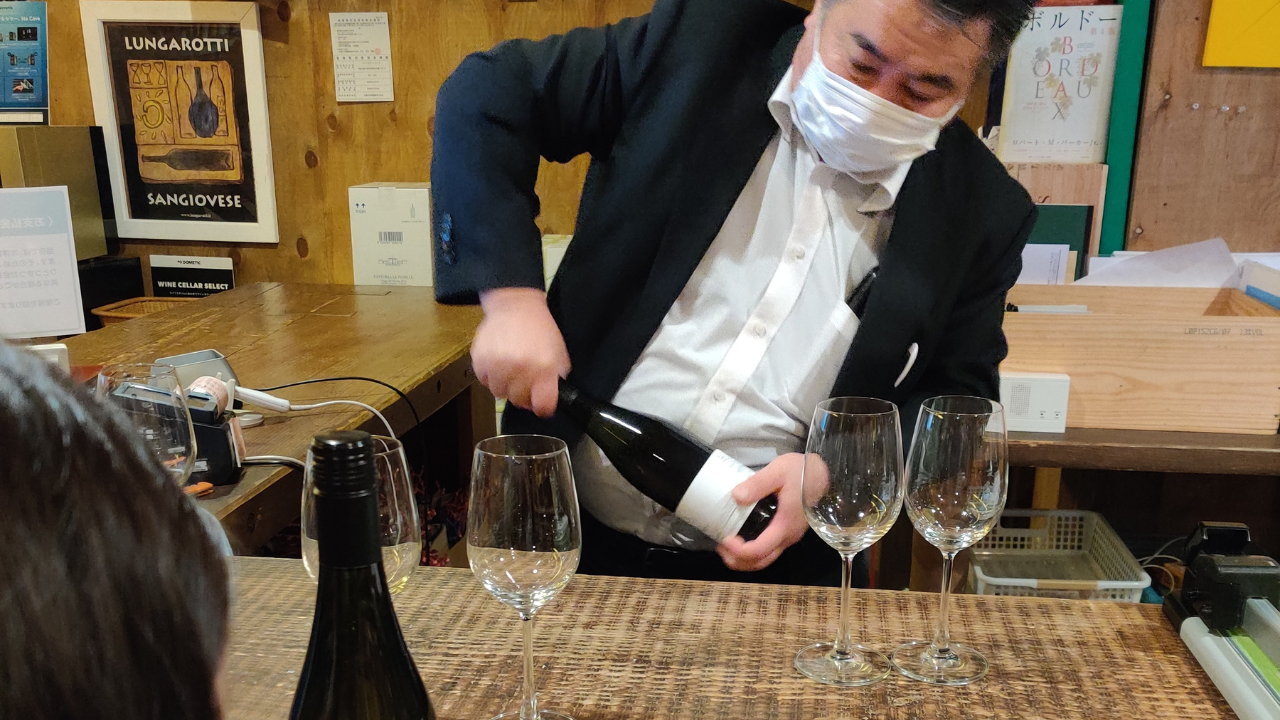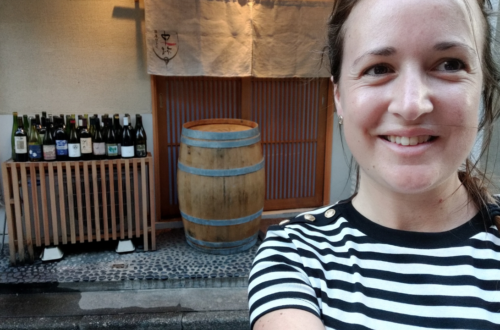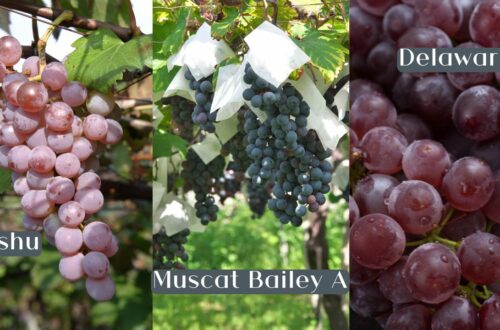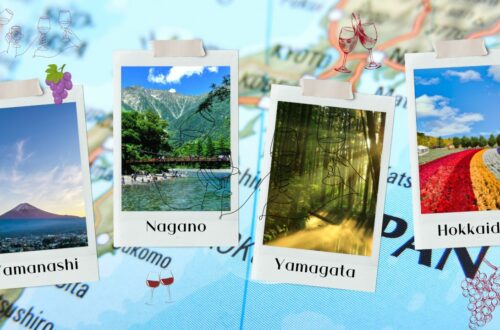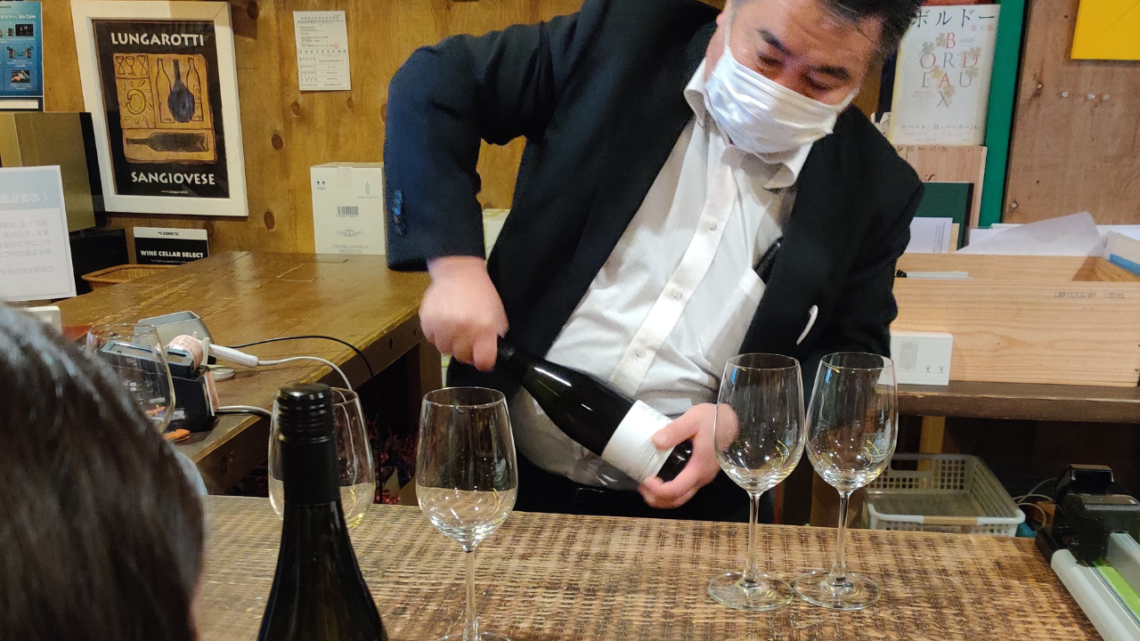
Japanese Wine History
Hey wine lovers!
Did you know that Japan has a super cool wine story that goes way back? Like, over a thousand years back! It’s not just about making wine, though. Grapes have been a big part of Japanese culture and farming for ages.
A long time ago, about 1000 years ago, someone living in Katsunuma saw a wild grapevine and decided to plant it in their garden. A few years later, they had a bunch of really good grapes! That’s how people started growing grapes in Japan.
Let’s dive in and find out more about this Japanese wine history!
Japan has a fascinating wine story that stretches back over a thousand years! It all started in Katsunuma when someone planted wild grapevines in their garden, leading to a long tradition of grape growing. Grapes have always been special in Japan, used in ceremonies and religious offerings. Fast forward to the late 19th century, and Japan began making wine, inspired by the Meiji government’s push to modernize and adopt Western ways. Early Japanese wines were super sweet to match local tastes, but things changed in the 1960s when people started enjoying drier wines along with Western foods. Despite some challenges with growing grapes, Japanese winemaking has really taken off. Local wines are now celebrated worldwide, and special labels like Geographical Indications (GIs) for regions such as Yamanashi and Hokkaido help showcase the unique flavors of “Japan Wine,” made entirely from Japanese grapes. It’s an exciting journey from ancient traditions to a vibrant, modern wine culture!
- A Grapevine Journey: From Cultivation to Winemaking
- The Birth of Japanese Winemaking: A Meiji Era Modernization
- Sweet Beginnings: Adapting Wine to Japanese Palates
- Wine in Modern Japan: From Rare Delicacy to Daily Enjoyment
- Cultivating a Niche: The Rise of Japanese Wine in a Global Landscape
- The next step : classification of Japanese wine
- Conclusion : Japanese wine history
A Grapevine Journey: From Cultivation to Winemaking
Believe it or not, grapes have been around in Japan for ages! Long before anyone thought about making wine, grapes were super important to the Japanese.
People started growing Koshu grapes in Yamanashi about 1000 years ago. That’s where most of the grapes in Japan were grown.
They weren’t just for eating, though.
Grapes were used in special ceremonies and were part of their traditions. There were all kinds of different grapes growing in Japan, each one special in its own way.
People used them to celebrate different times of the year and in their cooking too.
Grapes were also really important in Japanese religion (Shintoism). They offered grapes to their gods (kami – deities) as a way to say thanks and ask for good things to happen at shrines (which are sort of Japanese temples). It was like giving a special gift.
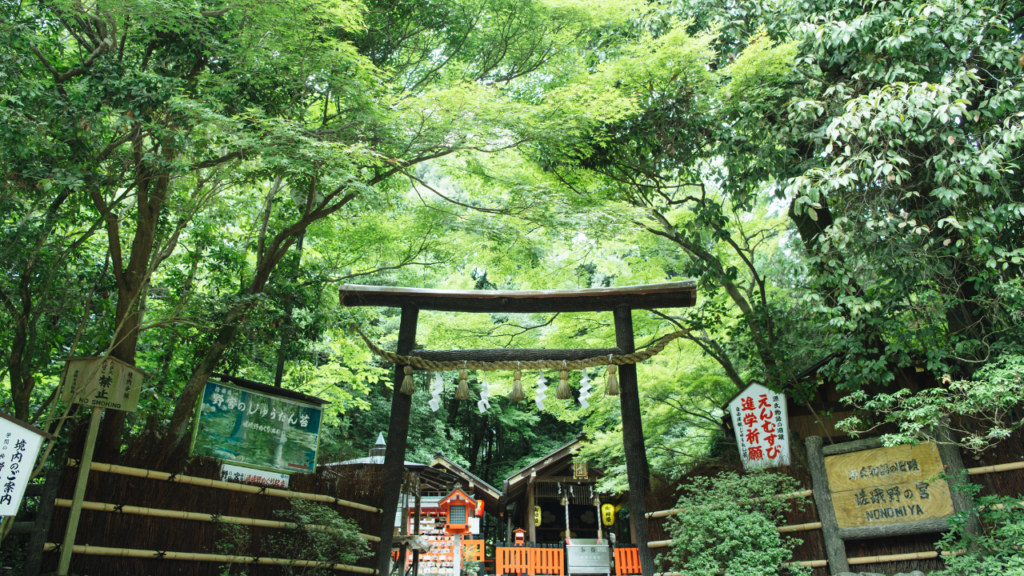
At special festivals, like O-bon and Shichi-Go-San, they put grapes and other yummy fruits on special altars.
But even though they had lots of grapes, they didn’t know how to make wine with them yet!
So how did they start making wine?
The Birth of Japanese Winemaking: A Meiji Era Modernization
I’m going to take you back to the late 19th century, right to the beginning of Japan’s winemaking story.
Here’s a fascinating fact for you: the newly-established Meiji government wasn’t just about modernizing industry; they were keen promoters of wine production.
Why? They saw wine as more than a beverage; basically, they thought wine was fancy and would make Japan look awesome.
They looked at how they did it in France and other places in Europe.
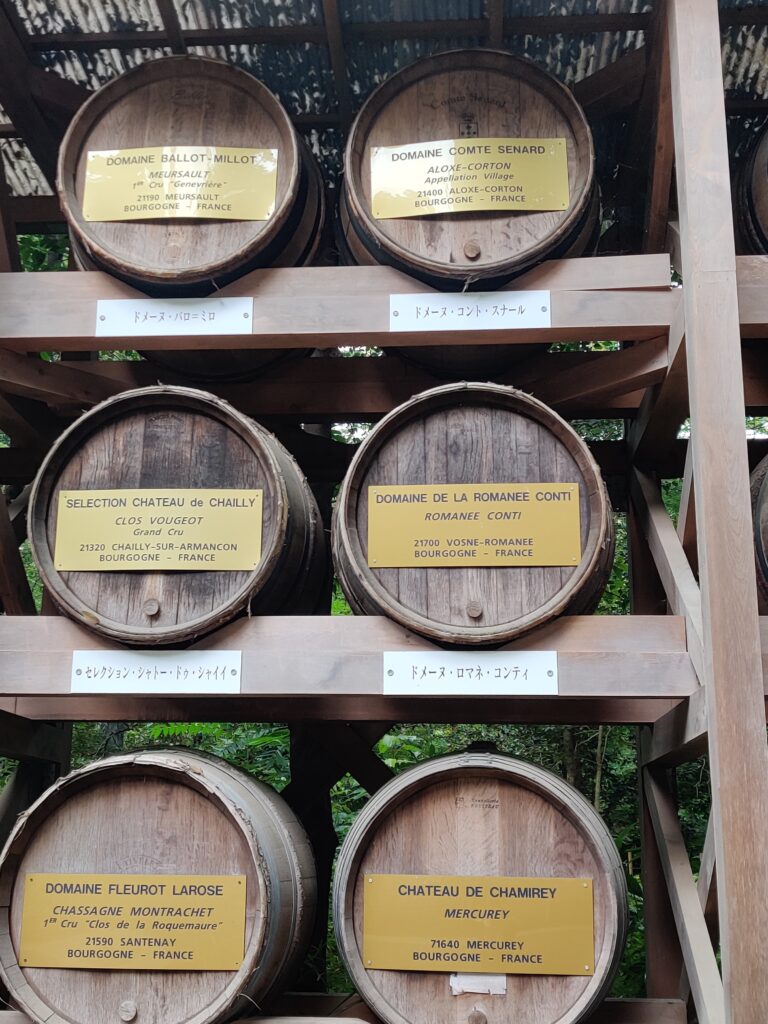
ANECDOTE : The Meiji period was a really exciting time in Japan. They embraced a policy of “Japanese spirit and Western knowledge,” which meant they took the best parts of Western culture while holding onto their own traditions. Emperor Meiji was a big part of this change. He set the trend by cutting his topknot, wearing Western clothes, and even enjoying Western food and wine.
Today, you can see this blend of cultures at Meiji Jingu in Tokyo, where barrels of wine have been donated by the famous wineries of Bourgogne in France. This awesome gesture was made possible thanks to Mr. Yasuhiko Sata, who represents the House of Burgundy in Tokyo, is an Honorary Citizen of Bourgogne, and owns the Chateau de Chailly Hotel-Golf. A huge thank you goes out to the winemakers for their generous gift. It’s a beautiful symbol of world peace and friendship, and we hope it means many more years of great relations between France and Japan.
In 1877, a new company called the Great Yamanashi Wine Company wanted to learn how to make wine. They sent two young guys, Masanari Takano and Ryuken Tsuchiya, to France to learn all about it. After two years in France, they came back to Japan and started making wine.
Since they already had lots of grapes in Yamanashi, that’s where they started.
Just a few years after Japanese winemaking started, in 1882, a tiny bug called phylloxera (a tiny insect that come from America) came to Japan. This bug was really bad for grapevines and had already destroyed lots of grapes in Europe in the 1860s. Luckily, Japan was quick to stop the bug from spreading too much.
However, the main issue was that the wine was not really accepted by the majority of the Japanese people.
Indeed, it’s important to see wine’s introduction as part of a broader cultural shift.
The Japanese people didn’t eat like Westerners at all. They mostly ate fish and veggies. Meat was super rare because it was banned for ages! That’s where Japan stood before the Meiji era.
So, the government lifted this ban in an effort to Westernize diets, urging the populace to consume more beef and pork. But changing centuries of dietary habits? Well, that didn’t happen overnight.
Patience was key. As the Meiji government continued to push these dietary boundaries, wine slowly started to make its way onto Japanese tables.
Slowly but surely, people started trying wine. But it was weird for them because they were used to drinking sake and other Japanese drinks. Wine, especially the dry kind, was super different. That’s for sure.
A bit like Austrian wine actually : Austria faced challenges in developing its wine industry during its formative years, including adapting to local tastes and overcoming resistance to new wine styles.
Sweet Beginnings: Adapting Wine to Japanese Palates
You might be surprised to know that Japanese wine wasn’t always like the fancy reds and whites we love today.
For a long time, Japanese wine was actually super sweet!
In fact, for a significant stretch of Japanese winemaking history,It was kind of like a really old-fashioned port wine. This wasn’t because Japanese people had a crazy sweet tooth, but because they weren’t used to the taste of regular wine. It was too sour for them!
Big companies, such as Kikyogahara of Nagano Prefecture and Mogamiagawa region of Yamagata Prefecture, made most of the sweet wine back then.
People really loved sweet wine up until the 1960s. In fact, they made a crazy amount of it in 1967 : 33,000KL of sweetened wine was produced – almost twice as much as all the Japanese wine people drink now!
So, for like 80 years, most Japanese people only knew sweet wine. It’s kind of funny because even famous wine places like France used to make sweet wine a lot too. It’s like a wine history thing!
And if you remember the wine scandal of 1985 : Austria also has a history of producing sweet wines, such as those from the region of Burgenland.
(I mean, check out French wine’s history with Bordeaux and the Loire Valley. Sweet wine has a huge history there before the robust red and light white wines we know of today)
But don’t worry, we’re going to talk about how Japanese wine changed from super sweet to the amazing stuff we know now. It’s a cool story!
Wine in Modern Japan: From Rare Delicacy to Daily Enjoyment
So, back in the 1960s, wine in Japan was a big deal. Before that, it was like a fancy drink only for special occasions. But things changed when people started eating more like Westerners, with stuff like steak and cheese.
Suddenly, wine seemed like the perfect match for these new foods.
ANECDOTE : Two big events really made this trend happen even faster: the Tokyo Olympics in 1964 and the Osaka World Fair in 1970.
Curiously enough, Japan and Australia switched their wine tastes around the same time. In the 1960s, both countries moved away from sweet wines like port and sherry and started liking dry wines instead.
It wasn’t just about food, though. The world was changing. Trade was getting easier, and Japan’s economy was booming. This meant that wine became cheaper and there were more kinds to choose from.
In the beginning, Japanese wineries started planting European grapes like Merlot, Cabernet Sauvignon, and Chardonnay. They learned how to make good wine with these grapes in places like Yamanashi, Nagano, and Yamagata.
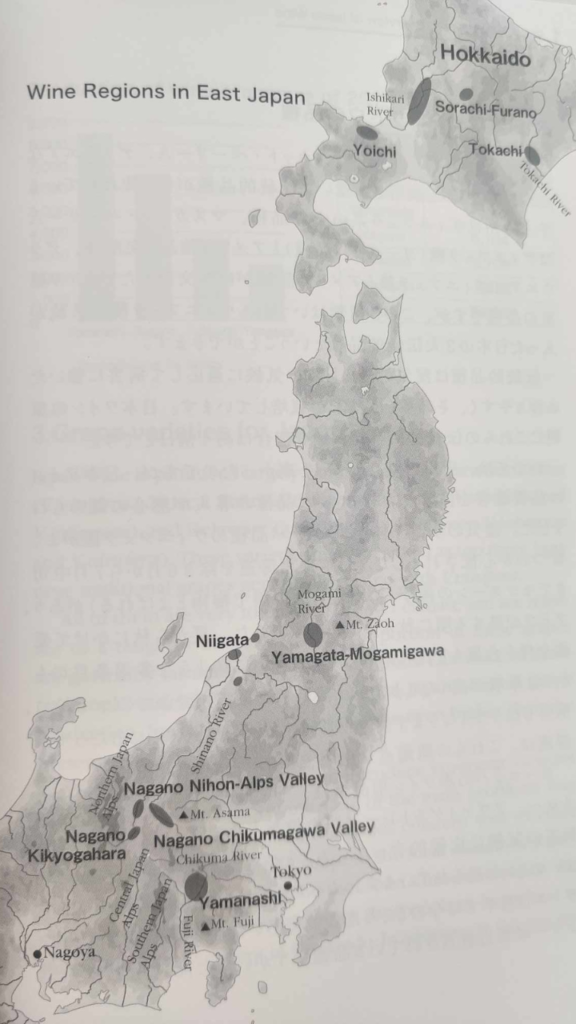
Big wine companies helped smaller wineries learn how to grow and make wine with these grapes. For example, Manns Komoro Winery was the big boss in the Chikumagawa Valley, helping out all the other wineries and farmers there.
So, pretty soon, wine wasn’t just for fancy dinners anymore. It was something you could enjoy with your family any night of the week. It became a normal part of life, not just a special treat. This was a huge shift in Japanese culture.
And guess what? This is just the beginning of the story. Next, we’re going to talk about how Japanese winemakers started making their own amazing wines that showed off the unique tastes of Japan.
Cultivating a Niche: The Rise of Japanese Wine in a Global Landscape
Japan loves wine! People there drink about 3 liters of wine each per year (in 2014, they drank precisely 3,3 liters per year). That’s not as much as in big wine countries like France or Italy, but it’s still pretty good. And what’s cool is that more and more people are getting into wine, even though people are drinking less alcohol overall.
Usually, wine would be made from imported grape juice or even wine but now, about 18,4% all wine drunk in Japan is actually made in Japan! They are known as “Japan wine” (you can find it written on the label of the bottle)
That’s amazing, considering how hard it is to grow grapes there.
Japanese wine is pretty new, only about 50 years old. But in that short time, Japanese winemakers have made some really good stuff! They’re super proud of their wines.
They nevertheless face challenges : getting enough grapes. A survey conducted by the national TaxAgency showed that wineries produce around 10% of wine grapes with majority (90%) of the total wine grapes being supplied by farmers.
Indeed, after World War II, Japanese wineries couldn’t own their own grape farms because of the Agricultural Land Law that said that companies couldn’t own farmland.
So, they had to buy grapes from farmers. But these farmers mostly grew grapes for eating, not for wine. They didn’t know how to grow the best grapes for winemaking.
So, during the period from late 1980’s to the early 1990’s, the prevailing opinion was that it would be better to give up making wine from grapes grown in Japan because of the high cost of production and the unfavourable natural environment for the production of quality grapes.
But winemakers know that great grapes make great wine, so lots of them are starting to grow their own grapes to make even better wine.
And, after the majority of vignerons in Japan had shared this principle of the appellation d’origine, the quality of japan Wine has rapidly improved.
Japanese winemakers are really dedicated, and there are now over 260 wineries making great wine.
Big companies like Kirin and Suntory are also getting involved, which is helping Japanese wine get even better.
And the best part? People around the world are starting to love trying new kinds of wine, and Japanese wine is perfect for that. It’s like discovering a hidden treasure!

Japan started trying to sell its wine in London because it’s like the world’s wine capital. They wanted to show off their Koshu wine there.
While doing this, they learned a lot about wine rules and how to make wine for other countries, especially Europe.
After that, Japanese winemakers realized they needed to be part of the global wine world.
So, in 2009, they started a group called KOJ to sell Koshu wine together. Now, they’re selling wine in Europe and Asia.
The next step : classification of Japanese wine
Japan didn’t have any real rules about wine labels or where the grapes came from for a long time. But people really wanted to know where their wine was from and what it tasted like. They were willing to pay more for special wines made with grapes grown in Japan.
In 2013, Yamanashi was the first wine region in Japan to get its GI (Geographical Indication) on the label.
In 2015, Japan changed the rules for wine labels and where wines can come from. This was good news for Yamanashi winemakers. Now, there are special labels for wines from Yamanashi, and about 300 different Yamanashi wines have this special label.
Moreover, they said that “Japan Wine” has to be made with 100% Japanese grapes.
In 2018, it was Hokkaido’s turn to have its own GI.
In 2022, Japan added three Geographically Indicated wine regions : Nagano, Yamagata and Osaka
So, we can believe other regions will also get their own GI appellations soon!
Conclusion : Japanese Wine History
Who knew that Japan had such a fascinating wine history?Japan’s wine journey is as fascinating as it is ancient, stretching back over a thousand years.
Grapes first appeared in Japanese culture around 1000 AD, initially cherished for their role in local customs and religious ceremonies rather than for winemaking.
The real wine story kicked off in the late 19th century with the Meiji era, when the government, eager to modernize and embrace Western trends, started promoting wine.
At first, Japanese wine was all about sweet flavors, as Japanese people weren’t accustomed to the dryness of traditional wines. But as the 1960s rolled around and Western foods became popular, wine found its place on everyday tables.
Today, Japanese wines, including the celebrated Koshu, are making waves both locally and globally. With a growing number of locally produced wines and official Geographical Indications for wine regions, Japan’s wine scene is taking more and more place on the wine stage!
Want to dive deeper into the world of Japanese wine? Share your thoughts and questions in the comments below! I’d love to hear your favorite Japanese wine, or if there’s a specific aspect of Japanese winemaking you’d like to explore further.
Let’s keep the conversation flowing!




